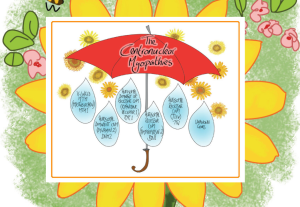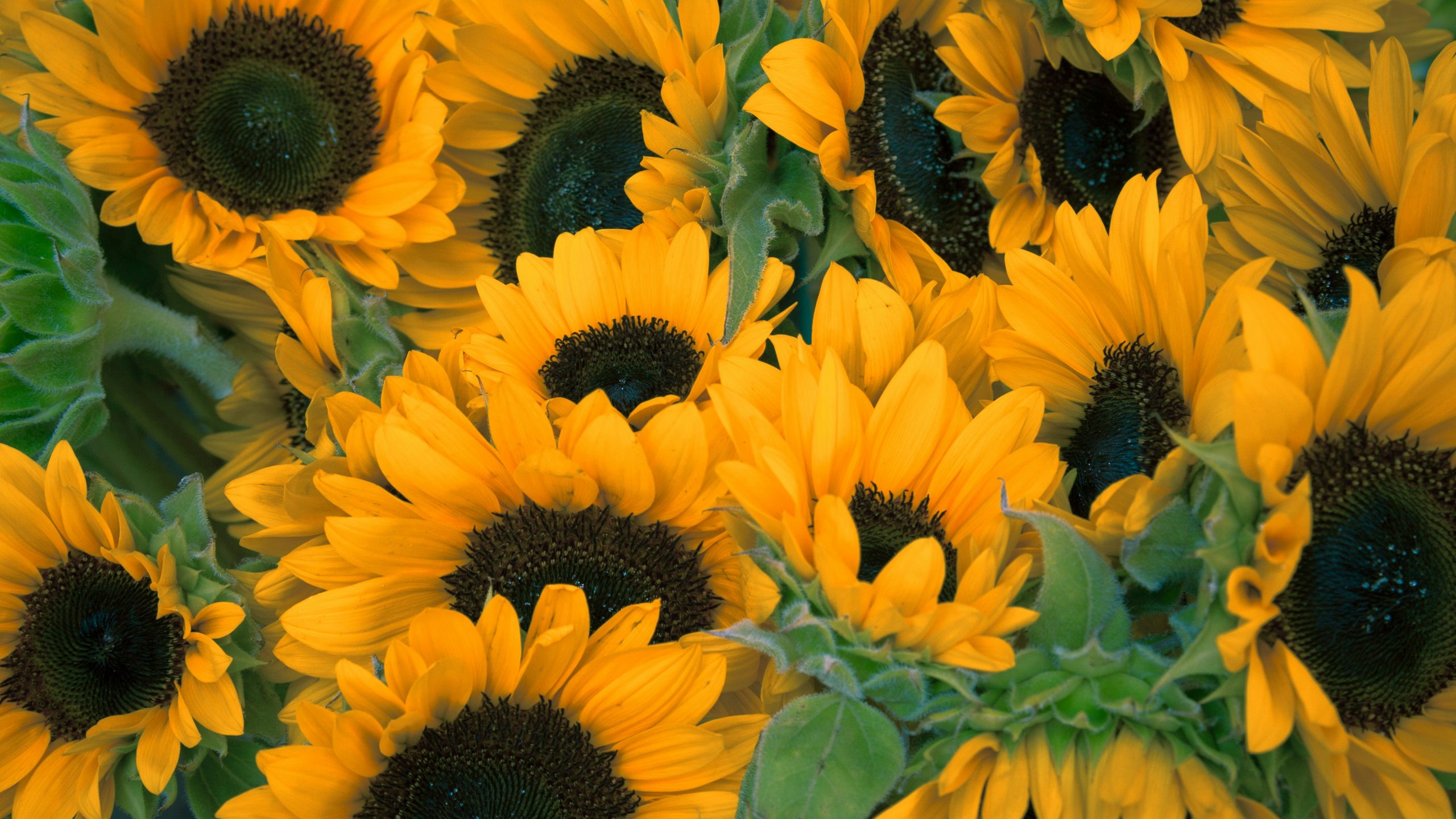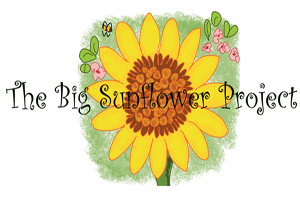The Big Sunflower Project aims to raise awareness of the rare neuromuscular conditions known as centronuclear and myotubular myopathy by asking people to grow a sunflower and share their sunflower photos online. The project was established in 2011 after founder Toni Abram and her father Mike were diagnosed with centronuclear myopathy.
About centronuclear and myotubular myopathy
Centronuclear and myotubular myopathy (CNM and MTM) are rare inherited neuromuscular diseases of which there are three forms of inheritance (x-linked, autosomal recessive and autosomal dominant.)
The term myotubular myopathy is currently used to describe the x linked form of the condition, while centronuclear myopathy is used to refer to the autosomal forms. Collectively, the three forms are known by the umbrella term of ‘centronuclear myopathies’.

In turn the centronuclear myopathies belong to a group of conditions known as congenital myopathies which are inherited muscle disorders from birth. The characteristic feature of the centronuclear myopathies, is the presence of the nucleus in the centre of the muscle fibre instead of the usual position at the edge, manifesting as defects in the cell structure of voluntary muscles, causing low muscle tone and affecting children and adults at various stages of life.
The word ‘myopathy’ is derived from the Greek language where ‘myo’ means both ‘mouse’ and ‘muscle’ and its combining form gives the medical prefix ‘myo’, with the word ‘myo’ meaning muscle and the word ‘pathy’ meaning disease. Interestingly, the word muscle comes from the Latin word musculus ‘a muscle’, which literally means ‘a little mouse’ and is so called because the shape and movement of some muscles (notably biceps) were thought to resemble mice. (Source: Etymology Online)
The centronuclear myopathies are so rare, there are no good estimates of their incidence, a guess-timate would be somewhere between 1/50,000 and 1/100,000 for each form and perhaps slightly greater when the forms are combined. Dad and I are diagnosed with the autosomal dominant form of centronuclear myopathy, which is generally not as severe as the other forms of the condition and follows a mild course. Many with this form of the condition are often able to walk well into adulthood but may find themselves in a wheelchair in later life. Those with the condition often report deterioration in their ability to carry out everyday tasks such as walking upstairs, rising from a sitting position unaided, lifting and carrying, opening bottles and having a weak voice. At the time of my diagnosis, I had seen three doctors over a period of ten years and my medical records show that nemaline rod myopathy and facioscapulohumeral muscular dystrophy (FSHMD) had both been considered before centronuclear myopathy was proven by the biopsy. Receiving the diagnosis felt overwhelming and lonely – we were told there were very few others in the world with our illness, there was no treatment, no long term prognosis could be provided and I was advised that if I were to have children, there was a 50% chance they would have the illness also.

The most commonly known form of the condition is x-linked myotubular myopathy. There are also incidences of female x-linked manifesting carriers. Those affected by x-linked myotubular myopathy often have diminished respiratory capacity and are often partially or totally ventilator dependent. Many with this form of the condition are trached, meaning that a tube is inserted into the individual’s neck to help them breath and this may result in them being behind with their language skills but a speaking valve can help with this.
The autosomal recessive form of centronuclear myopathy usually occurs in infancy or early childhood. Weakness of the muscles in the face may occur, as may droopiness of the eyelids. Some people may have problems with feeding and there is usually weakness of the muscles closest to the trunk of the body, known as the proximal muscles.
The Big Sunflower Project
Take part
Could you grow a sunflower to raise awareness of centronuclear and myotubular myopathy this summer? Taking part is easy.
1. Buy a packet of sunflower seeds.
2. Plant a seed in a sunny spot, water regularly and watch it grow.
3. Take a photo of your sunflower and share on your favourite social media platform
using #TheBigSunflowerProject.
Find support
We have over 230 members supporting the rare community. Take a look.
A-Z of members





